Gum recession can result from periodontal disease, aggressive brushing, genetics, and even certain medications and can cause extreme sensitivity along the gum line since the root surface has become exposed. Left untreated, gum recession can lead to jaw bone deterioration and even tooth loss.
Gum tissue cannot grow back on its own but fortunately, treatment is available with a gum graft which can restore the area and relieve pain. Some general dentists even have the training and technology to perform a gum graft in-house but if they do not, they can refer you to a periodontist for treatment.
How is a gum graft placed?
The doctor will apply a topical numbing agent before injecting a local anesthetic in the area being treated. A gum graft uses tissue that is harvested from either a donor or the roof of the patient’s mouth. There are different types of gum grafts that can be performed and after an evaluation, your doctor will determine which option will be best for you. Types of gum grafts include:
- A free gingival graft which uses tissue taken from the roof of the patient’s mouth or harvested from a donor cadaver that is then stitched into place over the affected area.
- A pedicle graft uses healthy tissue surrounding the affected area but is less common because it is necessary for the patient to have thick, healthy gum tissue near the affected area. The doctor will cut a flap of healthy tissue and stitch it into place over the affected area.
- A connective tissue graft is the most common procedure and uses a piece of underlying connective tissue harvested from the roof of the patient’s mouth that is stitched into place over the affected area.
How long does it take a gum graft to heal?
Gum graft surgery is an outpatient procedure that takes one to two hours, depending on the size of the area being treated. It can take up to two months for the site to heal completely but the better you take care of your surgery site, the shorter your healing time will be. Your doctor will provide you with a list of postoperative instructions to follow while you heal.
It is important to continue brushing and flossing while taking extreme care to avoid your surgery site until your doctor clears you. A warm salt water rinse is a great way to clean your mouth after eating and will help clear food particles away from your surgery site. It will also help to soothe the area and ease inflammation.
Over-the-counter pain medication can help ease discomfort but if you are experiencing more pain than you can tolerate or you notice any bleeding or pus coming from your surgery site, contact your doctor immediately so that they can treat you for a possible infection.
On a very rare occasion, a patient may develop an infection or the gum graft will fail to integrate with existing gum tissue at which point the graft may need to be redone.
If you suffer from gum recession, speak with your dentist to see if a gum graft is a good treatment option for you!
